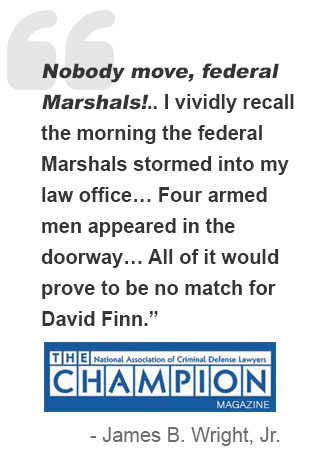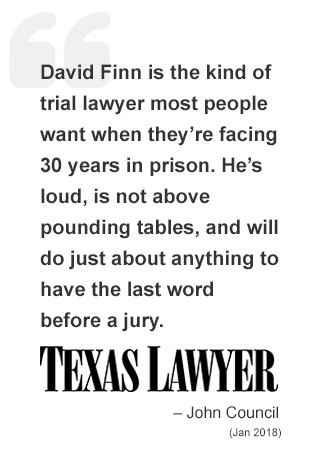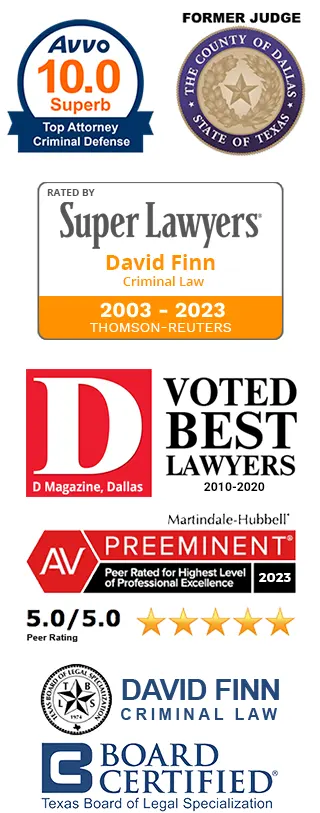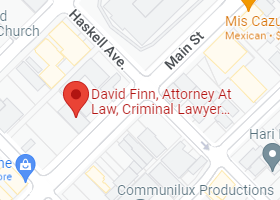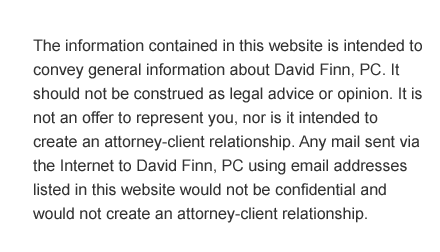

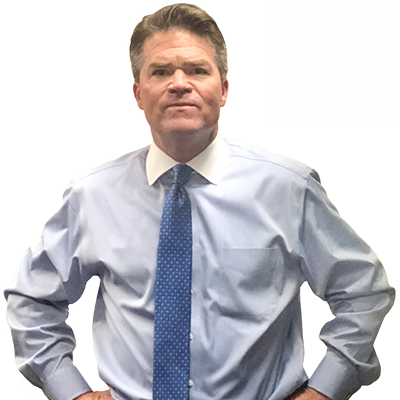
The CSI Factor-Jury Trials
Defense, Prosecution Play to New ‘CSI’ Savvy
Juries increasingly are expecting TV-style forensicsBy Jamie Stockwell
May 22, 2005
MSNBC News
HINGTON – A Prince George’s County jury would not convict a man accused of stabbing his girlfriend to death because a half-eaten hamburger, recovered from the crime scene and assumed to have been his, was not tested for DNA.
In the District, a jury deadlocked recently in the trial of a woman accused of stabbing another woman because fingerprints on the weapon did not belong to the suspect. An Alexandria jury acquitted a man on drug-possession charges in part because a box containing 60 rocks of crack cocaine that he was accused of tossing from his car during a traffic stop was not tested for fingerprints.
Prosecutors say jurors are telling them they expect forensic evidence in criminal cases, just like on their favorite television shows, including
“CSI: Crime Scene Investigation.” In real life, forensic evidence is not collected at every crime scene, either because criminals clean up after themselves or because of a shortage in resources. Yet, increasingly, jurors are reluctant to convict someone without it, a phenomenon the criminal justice community is calling the “CSI effect.”
“There is an increased and unrealistic expectation that every crime scene will yield plentiful forensic evidence,” said Alexandria Commonwealth’s Attorney S. Randolph Sengel, who talked to jurors after the drug trial. “As a result, we spend time now explaining to juries the absence of evidence.” And when interviewing potential jurors, Sengel said, he and his team of prosecutors have “recently taken to reminding them that this is not ‘CSI.’ ”
The shows have had an effect on courtrooms nationwide, according to lawyers, judges and jurors. Some prosecutors are calling experts to the witness stand simply to explain to juries why forensic evidence might be absent. Defense lawyers are exploiting the lack of scientific proof to plant doubt, even when there are eyewitness accounts, confessions or other compelling evidence.
Growing body of anecdotal evidence
Leon Dempsky understands the influence that crime shows can have on juries. The Arlington defense lawyer says he will tweak his closing arguments based on rudimentary knowledge of forensics that jurors might have picked up from watching television.
“If someone breaks into a house, and the police don’t have the suspect’s fingerprints, I’m going to argue that there are no fingerprints,” Dempsky said. “If a woman is raped, but there are no bruises and no DNA, then I’m going to argue that, too.”
It is not known how many cases have been affected by such crime shows in trial preparation, tactics or verdicts. But there is a growing body of anecdotal evidence, and in more than a dozen interviews, prosecutors and defense lawyers in the Washington region cited specific cases in which they believe the demand for forensic evidence influenced the outcome — because jurors told them so after trial.
“I find myself bringing it up when picking a jury,” said Jennifer Pollard, an assistant commonwealth’s attorney in Alexandria. “I try to point out that it’s entertainment and not real life.”
Pollard’s boss, Sengel, said jurors have learned through watching crime shows that “these tests can be done and should be done even in routine cases and that the results will be ready right away,” he said. “If we don’t meet those expectations, they’re instantly skeptical.”
Not just ‘CSI’ effect
Kate Fisher, a spokeswoman for CBS, which airs “CSI,” said producers of the show would not comment on its effect on jurors and in courtrooms “because they are not lawyers or judges. They are in the entertainment industry.”
Michele Nethercott, a public defender in Baltimore who serves as co-chairwoman of the forensic committee for the National Association of Criminal Defense Lawyers, said she frequently hears prosecutors complain about the “CSI” effect and its apparent hindrance to obtaining convictions. But something else might also be influencing juries, she said.
“While undoubtedly there’s this ‘CSI’ effect, there might also be more awareness because of the many recent DNA exonerations and the problems with eyewitness testimony,” she said. “Back in the late 1980s and early 1990s, when DNA came on the scene, you really needed a hearty sample, like a quarter-size. Now we’re talking nanograms. . . . You can swab a drinking glass and get saliva cells, and so these days, it’s inexcusable if those things aren’t tested.”
But it’s not realistic to expect that every item at every crime scene will be collected for testing, said Paul Ferrara, the director of Virginia’s state forensic labs. Of course, if an officer brings in a large bag filled with beer cans, cigarette butts, fast-food wrappers and other trash, everything will be analyzed, he said.
If we don’t analyze every piece of evidence, then we’re asked, ‘Hey, why didn’t you check this?’ ” he said, adding that in 1989, the state labs processed 37 cases. This year, the estimate is closer to 3,700. “Your average citizen sees that kind of stuff on ‘CSI’ and says, ‘I know you can do that. I see it on TV.’ But on television, they take a long shot case and in an apparent matter of hours, a good result is available.”
Ferrara said many of his employees have testified in cases in which no forensic evidence is introduced. They are called to the witness stand solely to explain the process to juries and the reasons definitive results are not always available.
Most Thursdays at 9 p.m., Virginia Adams is in front of her television, drawn to the latest exploits of the beautiful and sharply dressed crime-lab technicians who star on “CSI.”
Adams, 60, follows as the characters investigate violent crimes and identify suspects through the analysis of blood spatter, fingerprints and microscopic hairs and fibers collected from crime scenes.
So when Adams was selected last month to sit on a jury in one of Pollard’s cases in Alexandria, she listened intently as the prosecutor outlined the crux of the burglary case: Five fingerprints that lab tests concluded belonged to the defendant were left inside the apartment he was accused of ransacking.
Case closed.
“If it hadn’t been for those clear prints, I would’ve wondered whether the police had done their job,” Adams said, adding that she counts herself among the estimated 27 million viewers who tune in every week to the original “CSI,” set in Las Vegas. Other shows, including “Forensic Files,” “Law and Order” and two “CSI” spinoffs, set in New York and Miami, also deal with forensics.
Adams and the 11 other jurors found Jerry Brown, 41, guilty of grand larceny and burglary and recommended to the judge that he be sentenced to almost five years in prison.
In many ways, Adams represents the modern juror, someone who is aware of the significance of forensic evidence and holds a strong belief in the power of science to solve whodunits. Forensic evidence usually includes DNA, fingerprints, cast imprints of tire marks or shoes, the matching of bullets to a gun and any other samples that can tie someone to a crime scene.
“Those who watch ‘CSI’ believe they know more, and in some cases, they do know more. That’s the bad side to this ‘CSI’ effect,” said Joshua Marquis, a prosecutor in Oregon who serves on the board of the National District Attorneys Association. “There’s this highly unrealistic expectation that, one, DNA will exist at all the crime scenes, and two, that it will make a difference.”
“People would not stay tuned to the show if they had to wait two or three months to figure out if there was even a DNA match, because that’s how long it usually takes,” he said.
‘Explosion’ of interest in schools
But despite the apparent courtroom frustrations delivered by the shows, they also have triggered enormous interest in college and high school-level forensic programs across the country.
“There’s been an explosion,” said M. Lee Goff, chairman of the forensic science program at Honolulu’s Chaminade University. Four years ago at his university, 15 students were enrolled in the undergraduate program. Now there are 100.
“That is very gratifying, and a lot of them came in because of ‘CSI,’ ” said Goff, who, as one of eight board-certified entomologists in North America, is frequently called to testify in cases across the country. He also serves as a technical adviser to the “CSI” shows filmed in Las Vegas and Miami.
Judge C. Phillip Nichols, who since 1992 has heard cases in Prince George’s County Circuit Court, said that so much interest in forensics, be it among students or jurors, leads to a more informed population, more able to understand the often mind-numbing, complex criminal cases.
“Forensic evidence is pretty compelling stuff,” he said. “When you’re dealing with the rule of science, you don’t want to be on autopilot, but there is that degree of comfort.”
And criminals are learning new ways to cover their forensic tracks. They watch “CSI,” too.
Staff writer David Snyder contributed to this report.
2005 The Washington Post Company
Phone Numbers
Office: (214) 538-6629

